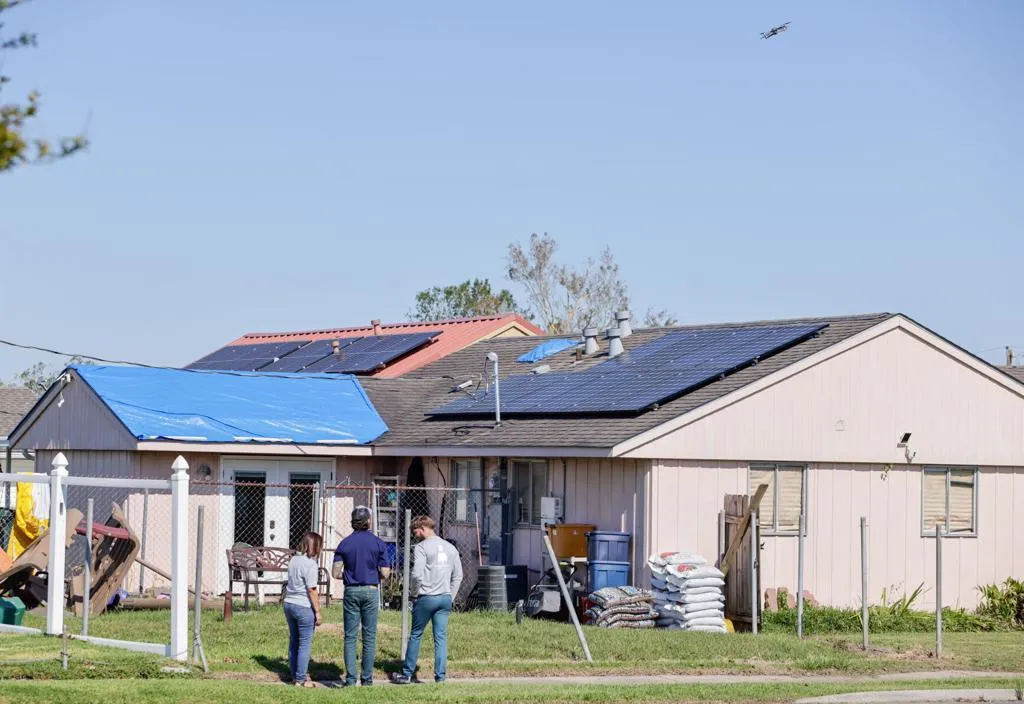Watts Good!
Clean Energy Blog

As the Sun Comes up Every Day,
We'll Keep You Up to Speed.

SEIA slams FEMA proposal as ‘a complete mess’ with no public input.
SEIA slams FEMA proposal as ‘a complete mess’ with no public input.
Over the next decade, residential rooftop solar will be the greatest driver of clean energy adoption in the United states. As more local and state governments adopt clean energy standards and laws designed to accelerate the adoption of clean renewables, increasingly, American homeowners are looking to take their power back and cash out on the federal government's extension of the federal solar investment tax credit (FITC). But unfortunately, everybody wants a slice of the pie when there’s free money on the table, and sometimes the beggars are not whom you’d expect.
Yesterday, the US’ International Code Council began voting on rule S76-22, which would require solar plants to be built to withstand earthquakes, hurricanes and other natural disasters. While this sounds great on the surface, this would also apply to rooftop solar on homes across the country. FEMA’s proposal “would cause a dramatic, untenable spike in construction costs and require more steel and high-rated solar modules than what is available on the market,” a SEIA spokesperson explained. Furthermore, such requirements would only add layers to an already cumbersome permitting process, which the state of California is attempting to address through the passage of California’s Solar Access Act, designed to speed up residential PV permitting.

Supporters of FEMA’s proposed law change argue that applying standards to a project’s structural calculations will lead to greater grid reliability, fewer power outages and improved functional recovery of buildings. With massive power outages affecting millions of people in recent years, this has become increasingly important in the US.
“In its current form, S76-22 would cause a drastic spike in construction costs, forcing the cancellation of dozens of gigawatts of clean energy projects that support thousands of jobs and that the United States is relying on to boost grid resiliency,” wrote SEIA’s CEO and president, Abigail Ross Hopper.
SEIA argues that the rule would do little to support grid reliability… “What’s so backwards about this is that FEMA’s goal is reliability, and this would reduce reliability,” said the trade body’s spokesperson. “It’s easy for FEMA to impose the strictest engineering standards for anything, but in practical market terms, these standards would eliminate independent power producers and cut back solar deployment, which reduces reliability. …the process is a complete mess and there is no opportunity for public input,” they added, urging solar stakeholders to oppose FEMA’s proposals and sign its letter of opposition.
We are proud to sign the SEIA’s letter of opposition and encourage all to do so.
Have More Questions? We're happy to help!


Free up your time.
Free up your budget.
Free up a troubled mind.
Contact Us

(888) 392-1982
(909) 497-3953
info@freeupsolar.com
34428 Yucaipa Blvd. #E334
Yucaipa CA. 92399, USA

Copyright 2024. All Right Reserved






